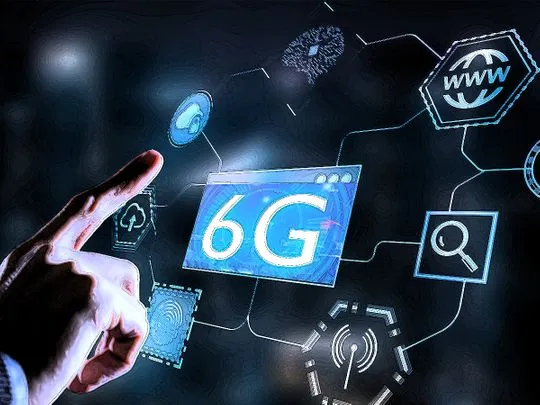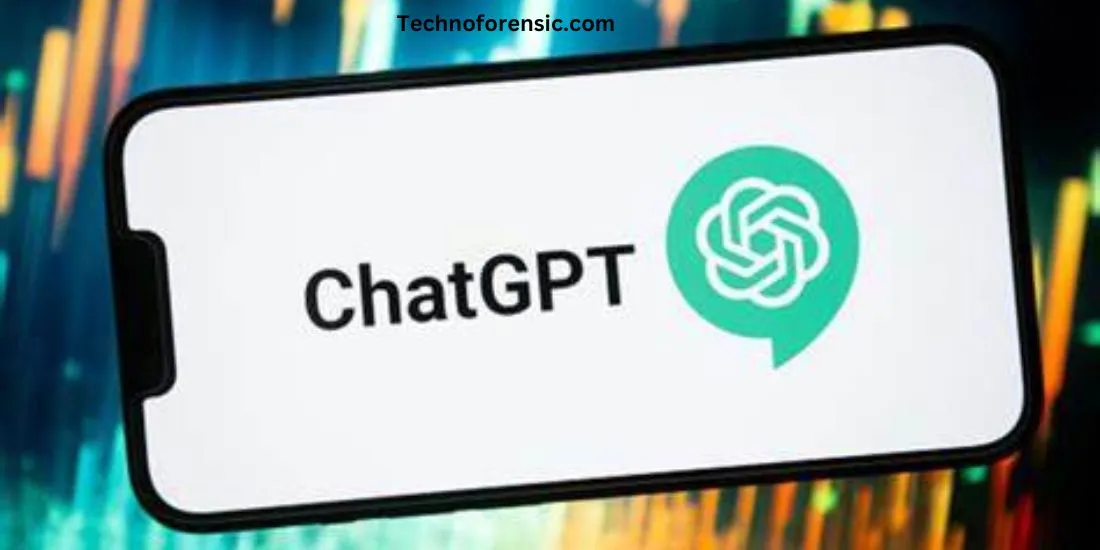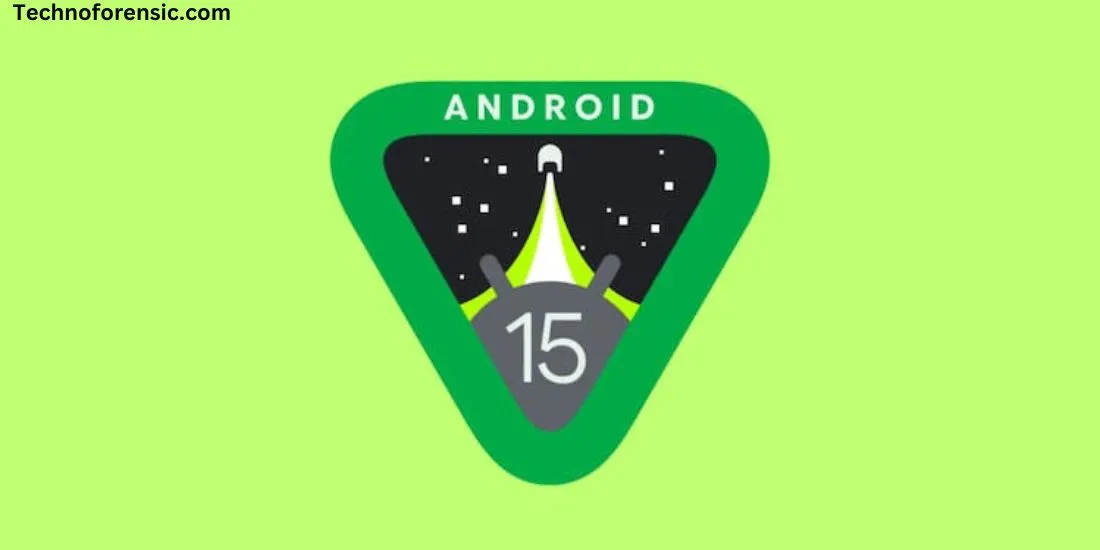The Finnish company Nokia, which makes telecoms equipment, announced the opening of a 6G Lab at its global research and development facility in Bengaluru. Union Telecom Minister Ashwini Vaishnaw virtually unveiled this milestone.
The opening of the Nokia 6G research facility, according to Ashwini Vaishnaw, is in line with Prime Minister Narendra Modi’s goal of making India a center of innovation. The lab will produce some intriguing use cases in the areas of health care, education, and transportation safety, according to Vaishnaw, who also noted that these applications will make significant contributions to the overall Digital India suite.
In order to meet the needs of both industries and society, this project intends to hasten the development of fundamental technologies and cutting-edge applications enabled by 6G technology. India’s application for widespread 6G technology coverage was approved by the ITU Study Group during a meeting last month in Geneva. This choice should dramatically lower the expenses associated with deploying next-generation technology.
With the Department of Telecom’s assistance, India has already made significant advancements in 6G technology, collecting more than 200 patents through partnerships between business and academia.

Nishant Batra, Nokia’s Chief Strategy and Technology Officer, reaffirmed the company’s commitment to achieving the “Bharat 6G vision” of the Indian government. Nokia wants to work with important stakeholders to make India a significant player in the development and uptake of 6G technology on the international stage.
The 6G Lab from Nokia will act as a platform for industry players to work together, allowing for the testing and future commercialization of cutting-edge solutions. ‘Network as a Sensor’ technology, which enables the network to perceive objects, people, and movement without onboard sensors, will be a key component of this research.
‘Network as a Sensor’ is seen as a key technology that fuses the digital and physical worlds in the 6G era. This capacity will coexist with communication services in wireless networks with seamless integration.
Also read this – whatsapp plan to change new icon for android user
The expertise at Nokia’s Bengaluru facility will help India’s goal of making significant contributions to the development of international 6G technology standards. To further scale up the 6G research project in India, it is also developing research relationships with top research institutes in the country like IISc and IITs, according to a statement from Nokia.

Nokia place advantage 6g facts through Ashwini Vaishnaw –
- Faster Data rates: It is anticipated to provide data rates that are far faster than 5G, possibly approaching terabits per second. Real-time streaming of high-definition and even holographic information will be possible thanks to this incredibly fast connectivity, enhancing the accessibility and immersion of augmented and virtual reality experiences.
- Lower Latency: The time between transmitting and receiving data is predicted to be cut in half with 6G’s ultra-low latency. This will be essential for applications requiring split-second judgments, such as remote surgery, driverless cars, and augmented reality.
- Enhanced Internet of Things (IoT) Capabilities: This will enable a huge number of linked devices, making it perfect for IoT. With seamless connectivity between systems and devices, this may result in more intelligent homes, cities, and businesses.
- Advanced AI Integration: This networks are anticipated to incorporate AI more thoroughly, allowing AI-powered apps to function more quickly and effectively. This may result in improvements in transportation, education, healthcare, and other fields.
- Remote Work and Collaboration: Remote work and collaboration will be made even more simple with quicker and more dependable connectivity. Telecommuting, remote project collaboration, and virtual meetings may all grow increasingly popular.
- Entertainment & Gaming: The quick download speeds and low latency of high speed network will help gamers and entertainment aficionados by providing high-quality gaming and streaming experiences across a variety of devices.

- Education and remote learning: By providing immersive and engaging learning experiences, network might improve distant education. Virtual classrooms and instructional resources were easily accessible to students.
- Low latency and high bandwidth in healthcare might revolutionize telemedicine and remote surgery. Remote surgery might be performed on patients, and real-time patient monitoring could be done by medical professionals.
- Transportation and autonomous cars: It may be essential for providing real-time communication between autonomous vehicles and infrastructure, improving traffic management and safety.
For more latest tech updates click here



